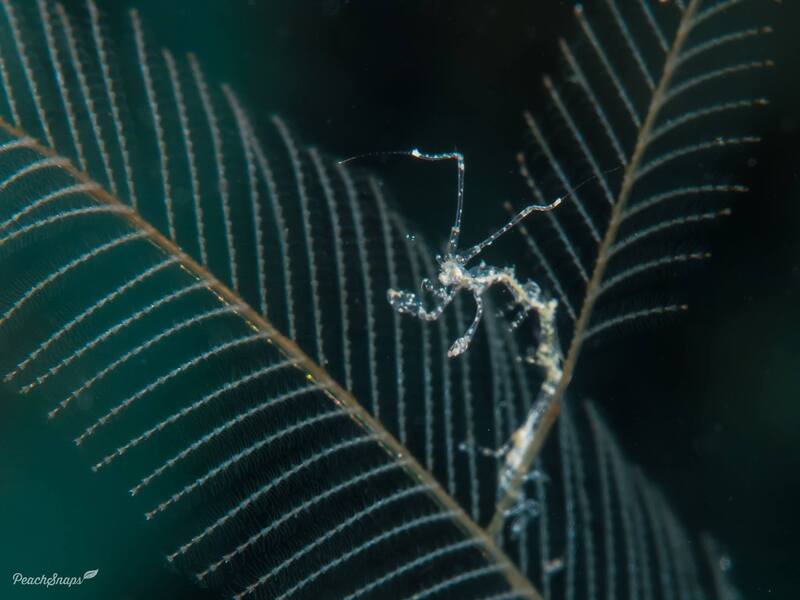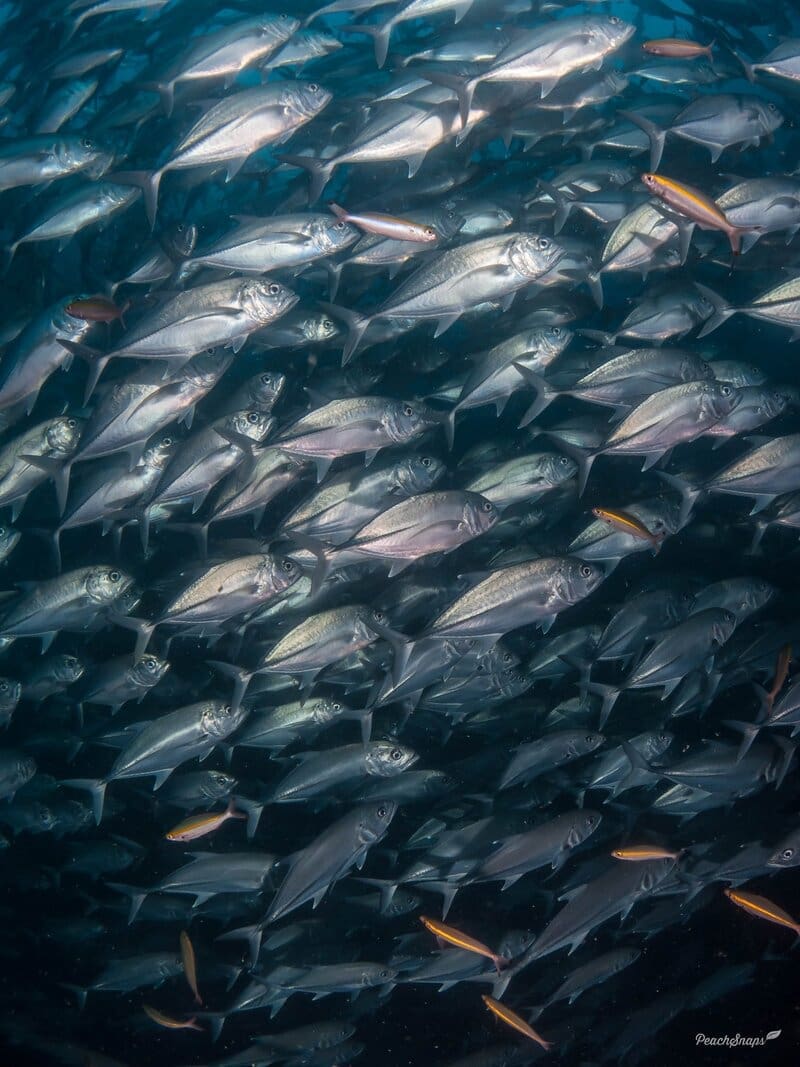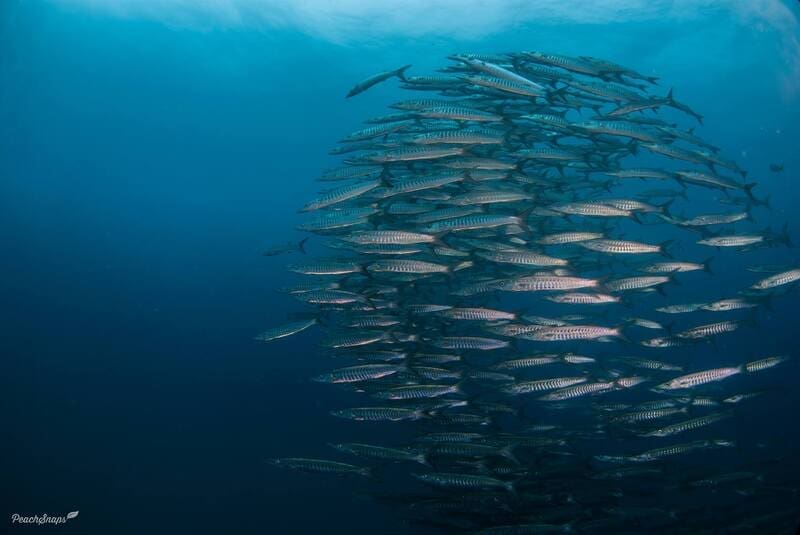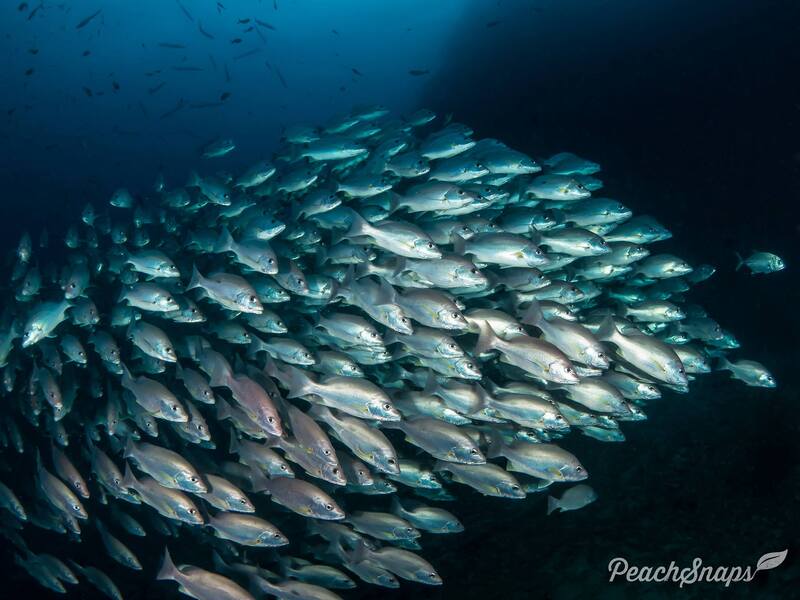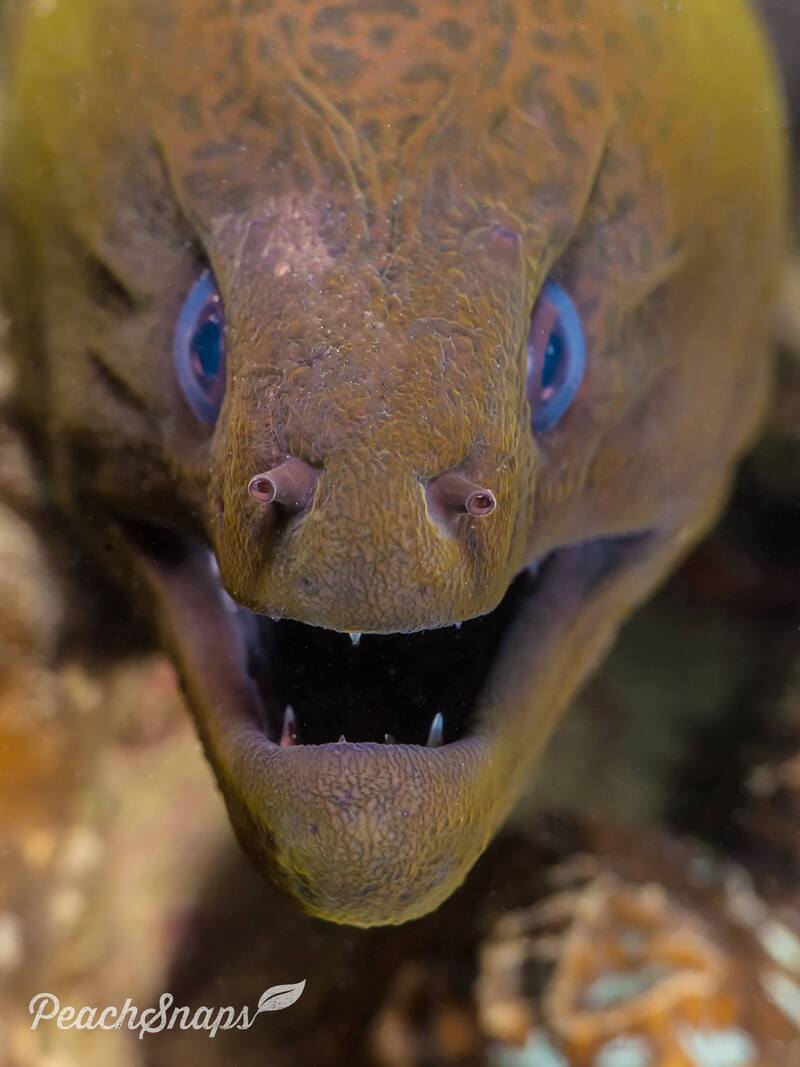The box jellyfish, often regarded as one of the most dangerous marine animals, is a creature of both beauty and menace. Found mainly in the warm coastal waters of the Indo-Pacific and northern Australia, box jellyfish are infamous for their potent venom and near-transparent bodies, making them difficult to spot but unforgettable once encountered. Despite their fearsome reputation, these creatures are an essential part of the marine ecosystem. Let’s dive into the facts, behaviors, and some intriguing stories about these deadly but fascinating jellyfish.

Appearance and Habitat
The box jellyfish (Chironex fleckeri) gets its name from its cube-shaped bell, which sets it apart from other jellyfish species. Its bell is typically pale blue or transparent and can grow up to 30 cm (about 12 inches) along each side. From each corner of the bell, long, slender tentacles trail downwards, which can extend up to 10 feet. Each tentacle is lined with thousands of tiny, venomous cells called nematocysts that can release toxins upon contact.
Box jellyfish are usually found in shallow coastal waters, especially near estuaries and mangroves. During certain seasons, they migrate closer to shore, posing a danger to swimmers. Australia is notorious for its box jellyfish sightings, but they are also found in parts of Southeast Asia and the Philippines.
Venom and Danger
The box jellyfish’s venom is among the most potent in the animal kingdom, containing toxins that attack the heart, nervous system, and skin cells. A sting from a box jellyfish can be extremely painful, and in severe cases, it can lead to death if not treated immediately. Symptoms include intense pain, heart failure, and in some cases, “Irukandji syndrome,” a delayed reaction that causes severe discomfort throughout the body.
Despite their deadly sting, box jellyfish do not actively seek out humans. They are slow-moving, drifting with the currents as they hunt small fish and invertebrates. Their stings are generally a defense mechanism when they come into accidental contact with swimmers.
One diver humorously recounted an incident where he saw a box jellyfish but mistook it for a harmless plastic bag floating in the water. It wasn’t until it started moving in an eerie, deliberate manner that he realized his mistake and quickly swam in the opposite direction!
Are Box Jellyfish Dangerous to Swimmers?
Yes, box jellyfish can be dangerous to swimmers, especially in areas where they are known to frequent. In northern Australia, beaches often have warning signs during jellyfish season, and swimmers are advised to wear protective clothing like stinger suits. Many beaches also set up vinegar stations along the shore—vinegar helps neutralize the venom and can be a first aid measure if someone is stung.
Despite their danger, encounters with box jellyfish are rare, especially if precautions are taken. Marine biologists and lifeguards monitor beaches during the jellyfish season to minimize the risk of stings.
Conservation and Importance in the Ecosystem
Box jellyfish play an essential role in marine ecosystems as predators of small fish and invertebrates, helping to control population balances. Despite their fearsome reputation, they are a part of the food chain and contribute to the health of the oceans. However, jellyfish populations worldwide are increasing, potentially due to climate change and the decline of their natural predators, like sea turtles.
Why Box Jellyfish Matter
Although they are notorious for their venomous sting, box jellyfish are an integral part of the ocean’s biodiversity. Their unique physiology and ecological role offer insight into the complexities of marine life. Encountering one is both a reminder of the ocean’s beauty and its dangers, showing the delicate balance of life in the sea.
Frequently Asked Questions About Box Jellyfish
What is a box jellyfish?
The box jellyfish (Chironex fleckeri) is a highly venomous marine creature known for its cube-shaped bell and long, trailing tentacles. Found primarily in the warm coastal waters of the Indo-Pacific and northern Australia, it is notorious for its potent venom and near-transparent body, making it difficult to spot in the water.
Where are box jellyfish commonly found?
Box jellyfish inhabit shallow coastal waters, especially near estuaries and mangroves. They are prevalent in northern Australia but are also found in parts of Southeast Asia and the Philippines. During certain seasons, they migrate closer to shore, posing a danger to swimmers.
How dangerous is a box jellyfish to humans?
Box jellyfish possess venom that attacks the heart, nervous system, and skin cells. A sting can cause extreme pain, and in severe cases, heart failure or death. However, fatalities are rare due to the availability of anti-venom and prompt medical treatment.
What should you do if stung by a box jellyfish?
If stung, seek immediate medical attention. While awaiting help, rinse the affected area with vinegar to neutralize the venom. Avoid rubbing the area, as this can cause more venom to be released. Do not use freshwater, as it can activate the stinging cells.
Why are box jellyfish important to marine ecosystems?
Despite their fearsome reputation, box jellyfish play a crucial role in marine ecosystems as predators of small fish and invertebrates. They help control population balances and contribute to the health of the oceans.
Final Thoughts
Box jellyfish may be some of the ocean’s deadliest inhabitants, but they are also fascinating creatures that play a vital role in marine ecosystems. While their stings can be dangerous, precautions such as wearing protective clothing and avoiding areas where they are common can greatly reduce the risk of an encounter. For those lucky enough to witness these elusive creatures from a safe distance, the box jellyfish is an unforgettable sight—a blend of elegance and danger, drifting silently through the sea.
Check out our next article about: Chevron Barracuda



